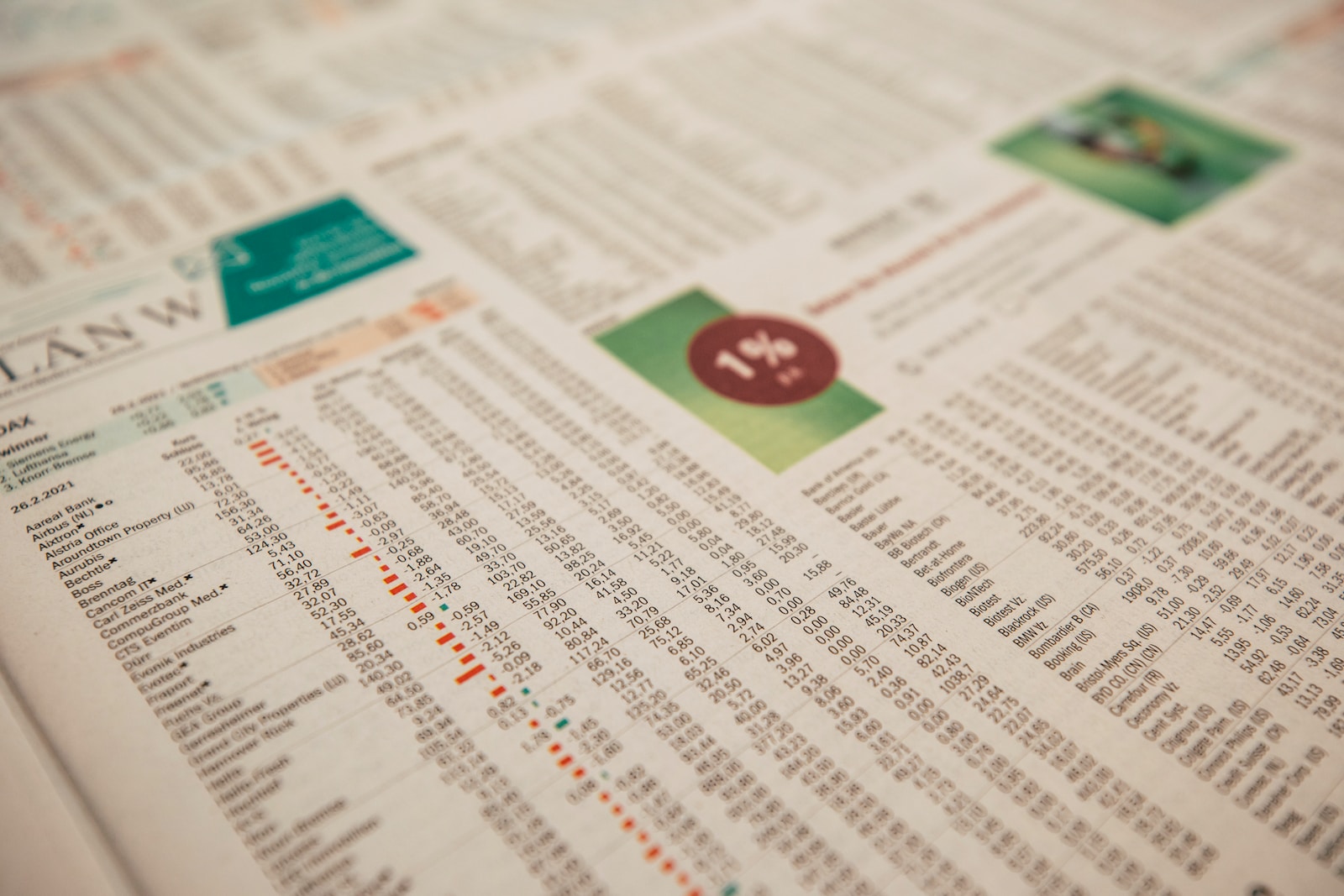
The Incentive Theory of Regulation
By
Branko Terzic
As an early proponent of what has been called “incentive ratemaking”, “price cap regulation” or “performance-based ratemaking” (PBR) for public utilities, I am very cognizant that it is not a new idea at all. The topic came up recently in a case in Puerto Rico where incentive regulation was recommended, incorrectly, for a state-owned enterprise with no profit maximization goal.
During the 1980’s the government of the United Kingdom (UK), under Prime Minister Margaret Thatcher, decided to privatize the nation’s utilities which had been nationalized in the 1940’s. The utilities affected included the national electric, natural gas, water, and telephone companies. The UK rejected the complete US regulatory model and selected an "incentive" variant of cost-of-service with an annual automatic rate adjustment. The UK scheme rates started with the pre-privatization rates adjusted by formula every year for a six-year period. The annual adjustment was based on an annual inflation indicator (Residential Price Index) with productivity adjustment ( x % per year). The formula was expressed as “RPI-X”. Under this formula utility rates would never rise faster than inflation due to the X factor representing an annual productivity factor obtained by market purchases and prudent management.
This “incentive” regulation method had been proposed in a 1981 paper prepared for the UK government by Professor Stephen Littlechild. As a Wisconsin regulator I was interviewed by Littlechild as part of his research. Littlechild was named the first electricity regulator in 1989 for the UK’s newly privatized electric power industry. The RPI-X was applied to all the utilities with a different “X” productivity factor for each industry: electric, water, gas and telephone. At the end of the first six years a full rate case would be processed where the new cost-of-service would include any productivity achieved by managements above the annual X factor, providing another benefit to consumers.
However, the “Incentive Theory” of utility regulation, was not new in the 1980’s but went back to the turn of the last century. The 1918 edition of Valuation and Ratemaking: Conflicting Theories of the Wisconsin Railroad Commission 1905-1917 by Robert Hale contains Chapter V The Incentive Theory. The chapter begins with a discussion of how a commission should determine the “fair return” and then reminds us that “the methods of securing efficiency…involve a judgment by the commission as to the best business practice.”
The 1918 text observers that “The alertness of management might come about through the effort to secure in fact the extra percentage of earnings which would be permitted by law.”
So, the recognition that regulation could create a scheme to incent greater efficiency in public utility operations was among the initial considerations and deliberations of state regulators in the US, and elsewhere, in the early 1900’s. Hale points out examples of use of a “sliding scale arrangement in use in England” as well as a similar scheme for the Boston Gas Company.
The risk of incentive regulation was also well recognized in 1918.
“Any scheme of encouraging efficiency by permitting the enjoyment of additional profits where they can be earned, must be safeguarded by making the enjoyment of such exceptional profits conditional on the rendering of exceptional service.”
As a Commissioner on the Wisconsin Public Service Commission in 1985 I encouraged my colleagues to apply an incentive scheme to Wisconsin Telephone Company a Bell company. In 1992 based on my Wisconsin experience Federal Energy Regulatory Commission (FERC) Chairman Martin Allday asked me to lead a “FERC Task Force on Incentive Ratemaking for Interstate Natural Gas Pipelines, Oil Pipelines and Electric Utilities (Docket no. PL92-1-000)”. The task force consisted of independent economists and representatives from the regulated utilities and other stakeholder groups. The result was a recommendation that “incentive ratemaking” be implemented for jurisdictional utilities. The FERC initiated a rulemaking and later issued a final order,
Unfortunately, the final order contained a clause which, in my opinion, made it almost impossible to apply for the new ratemaking treatment. The clause required the applicant to demonstrate that rates under the new incentive scheme would be lower, in the future, than rates which would be, in the future, as approved by the FERC. Who could do that? Who would do that? That is, who would have the temerity to presume that they could forecast what the FERC would do in the future as to FERC-set rates for their specific company. I argued against the insertion of that clause but lost in the vote. That no utility applied for incentive rates was proof to me that the order was flawed.
As state regulators once again considers various restructuring and regulatory schemes, perhaps it’s time to take another look at “incentive” regulation for the remaining monopoly utilities.
The Honorable Branko Terzic is a former Commissioner on the U.S. Federal Energy Regulatory Commission and State of Wisconsin Public Service Commission, in addition to energy industry experience was a US Army Reserve Foreign Area Officer ( FAO) for Eastern Europe (1979-1990). He hold a BS Engineering and honorary Doctor of Sciences in Engineering (h.c.) both from the University of Wisconsin- Milwaukee.
#BrankoTerzic #energy #regulations #experience #research #future #opportunity #strategy #management #people #electricity #power #utilities #renewables #RenewableEnergy #energysector #oilandgas #powergeneration #energyindustry #oilandgasindustry #sustainability #legislation

